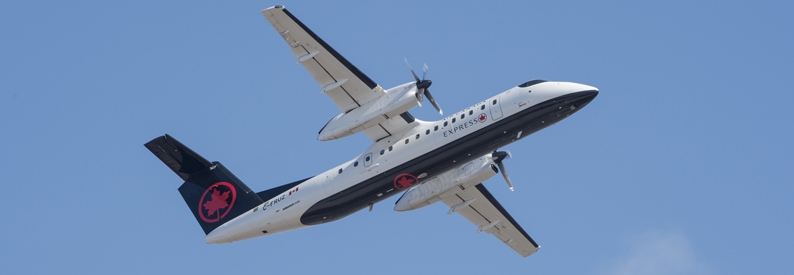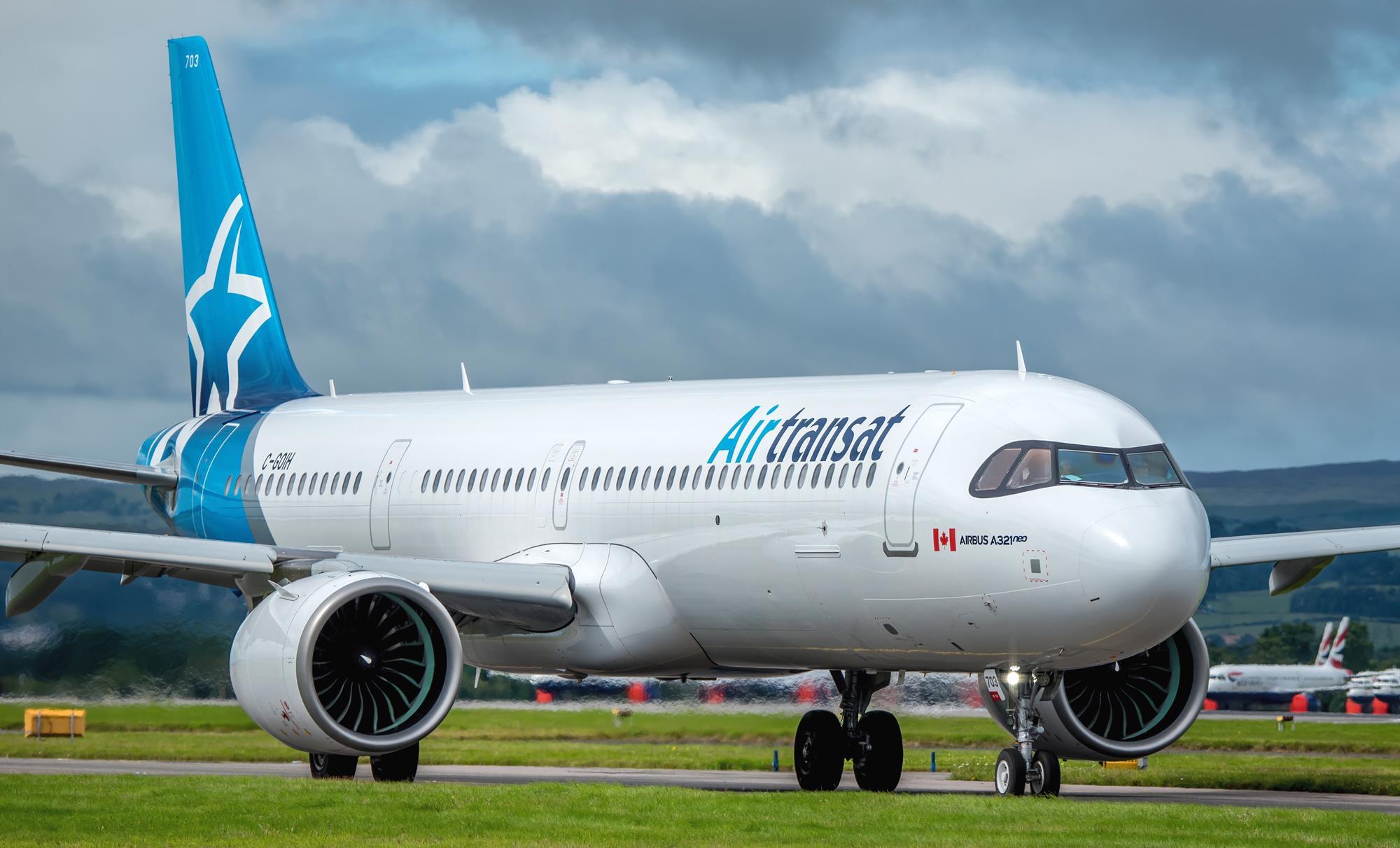
10 January 2022
Jazz Air (QK, Halifax) retired all of its remaining DHC-8-300s on January 9, 2022.
The regional carrier has six of the type in service on their last day of operations. Its fleet of DHC-8-300s numbered twenty-eight between 2008 and 2017 and has since been gradually downsized, the ch-aviation fleets history module shows. Jazz Air’s parent, Chorus Aviation, owned all of them. The retirement of the type was delayed by a few days compared to the end-2021 timeline announced in Jazz Air’s revised Capacity Purchase Agreement (CPA) with Air Canada (AC, Montréal Trudeau) in March 2021.
Jazz Air was the last major operator of the DHC-8-300. No other carrier in the world operates more than five although Eastern Australia Airlines (EAQ, Tamworth) and Air New Zealand (NZ, Auckland Int’l) operate double-digit numbers (23 and 15, respectively) of the DHC-8-Q300 variant, which Jazz Air did not.
Following the retirement of the DHC-8-300s, Jazz Air’s turboprop fleet comprises thirty-nine DHC-8-Q400s. The airline retired all of its DHC-8-100s (of which it once operated 64) as of April 2020, earlier than planned due to the COVID-19 pandemic. The carrier also operates a fleet of regional jets comprising fifteen CRJ200s, thirty-five CRJ900s, and twenty-five E175s all of which fly for Air Canada as its regional capacity provider, although it has no ownership ties to the flag carrier.



